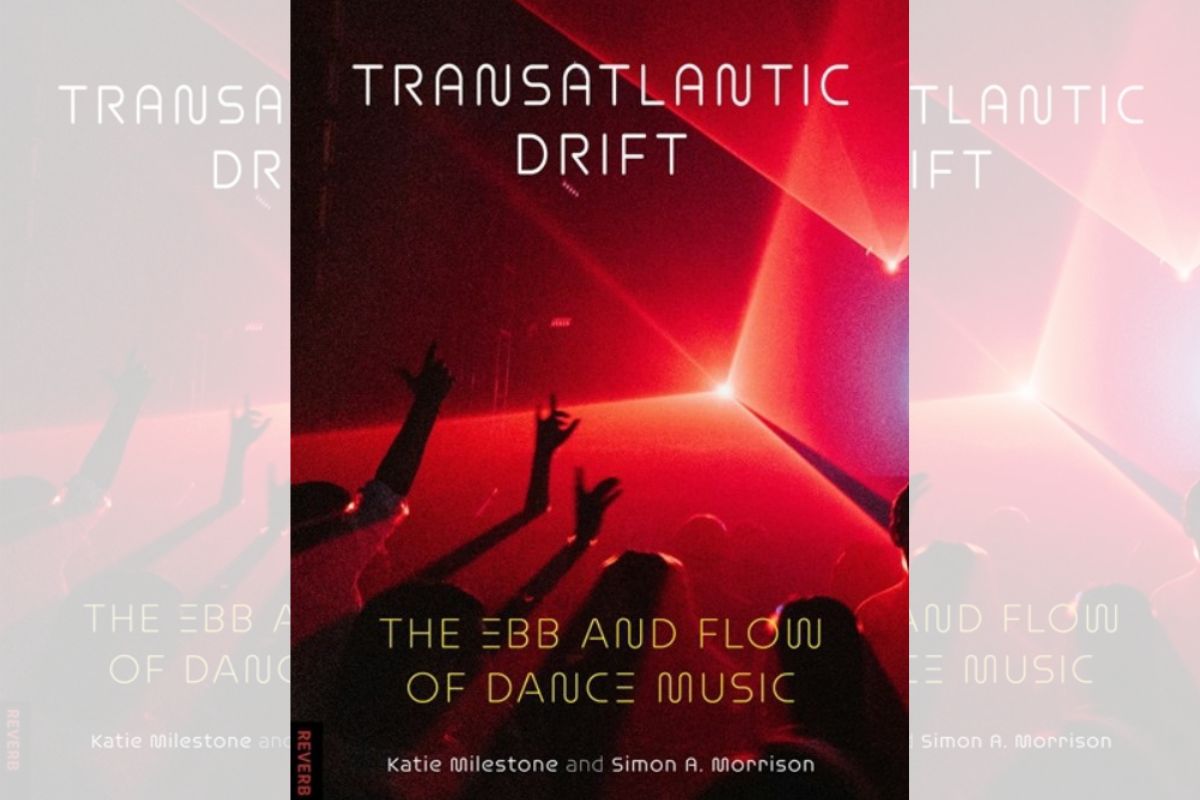New book co-authored by University lecturer charts changing scenes of dance music
Dance music through the decades, from 1960s subterranean discotheques to modern-day nightclubs, is the focus of a new book co-authored by a University of Chester Senior Lecturer.

Dr Simon Morrison, Programme Leader for Music Journalism at the University, has penned Transatlantic Drift: The Ebb and Flow of Dance Music with Katie Milestone, Senior Lecturer for Music and Culture at Manchester Metropolitan University.
The two authors each focus on their own time period blocks, with Katie focusing on the impact of dance music on Post-War Britain up until the dawn of the 1980s, while Simon focuses on the dance scenes in the US from the late 1970s and 1980s and how that travelled across the Atlantic into the UK and continental Europe for the closing years of the 20th century.

Dr Simon Morrison.
The new book explores the emergence of the nightclub scene in the UK, following the US rock and roll revolution in the 1950s. In contrast to the traditional grand ballrooms of old, these pioneering clubs in the early 1960s were usually to be found underground in unlicensed, confined, dark spaces. From there, Katie charts the decline of nightclubs in the late 1960s and the shift towards the Northern soul movement at venues such as the Wigan Casino and Blackpool Mecca in the 1970s.
For his half of the book, Simon has researched dance music sources such as Manhattan in New York, Detroit and Chicago, talking to influential and knowledgeable people in the dance music scene of the 1970s onwards, chronicling the pushback against disco and the rise of house music that followed in its wake, with the advent of electronic beats in the 1980s also resulting in the birth of techno in Detroit, with interest taking root in the UK thanks to such venues as The Haçienda in Manchester.
Additionally, advancements in technology allowed clubs to be more flexible on hours and venues, moving beyond brick-and-mortar into rural, outdoor locations for all-night raves. In the book, Simon explains how Ibiza became a dance music hotspot from the late 1980s, and how all the elements came together for the so-called Second Summer of Love in 1988 that spearheaded a boom time for the genre.
Simon said: “After a career in music journalism that had included international adventure and some time living in Ibiza, I thought I had retired, somewhat, from the global dancefloor. However, becoming an academic interested in electronic dance music surprisingly opened new doors, and further travel, to important locations such as New York, Detroit, Chicago, and a return to Ibiza.
“It was fascinating to visit, or revisit, those places and demonstrated the importance of on-the-ground research and face-to-face contact with buildings and people important to the story. It also demonstrated how connected music scenes are, in terms of the transatlantic drift we traced in this book.”
Sarah Raine, Research Fellow in the School of Music at University College Dublin, and author of Authenticity and Belonging in the Northern Soul Scene, added: “This excellent book unravels the oftentimes knotty and contested musical happenings, people and places through an approach that embraces an open understanding of music histories in the plural. Katie Milestone and Simon Morrison have created an essential resource for all those interested in transatlantic popular music and subcultural histories.”
Transatlantic Drift: The Ebb and Flow of Dance Music, published by Reaktion Books, is available to purchase now via the publishers, Amazon and all main book stores.